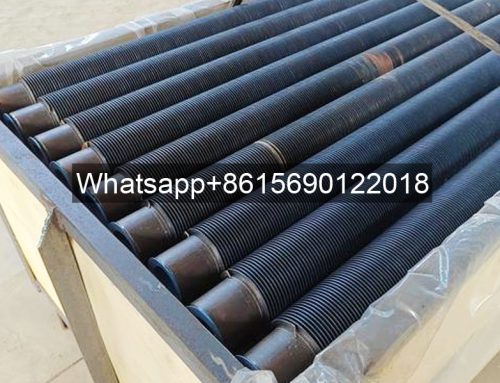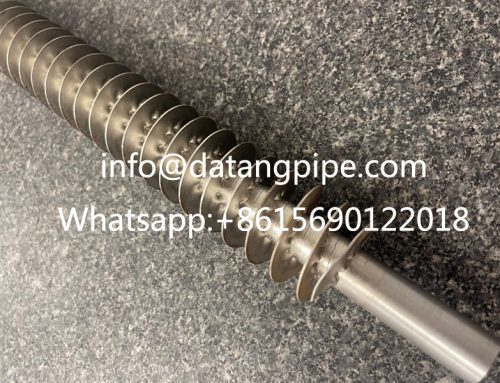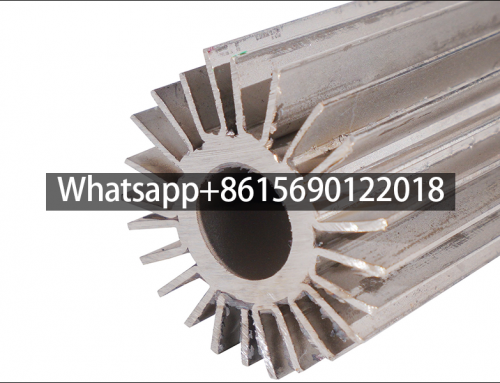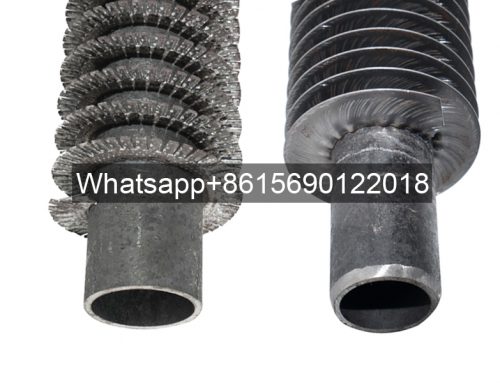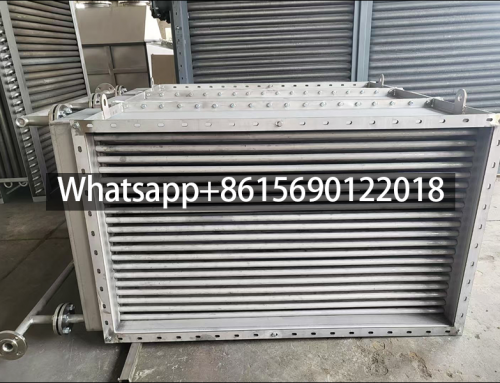Power plant air cooled heat exchanger and petrochemical air cooled heat exchanger
Power plant air cooled heat exchanger and petrochemical air cooled heat exchanger
Air coolers can be divided into power plant air coolers and petrochemical air coolers according to different use occasions.
According to the cooling method, it can be divided into dry type, wet type, and dry-wet combined air cooler.
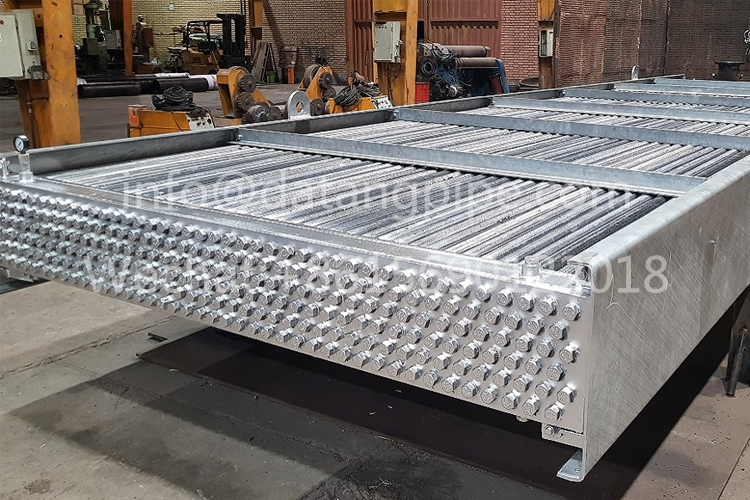
Industry Cooler Finned Tube Dry Cooled Air Cooled Heat Exchanger
Wet air cooler
Wet air coolers can be divided into three types according to the water spray method: surface evaporation type, humidification type and spray type. In the petrochemical industry, the latter two are dominant.
The surface evaporative air cooled heat exchanger is an air cooling device composed of light tubes that utilizes evaporation of the water film outside the tube to enhance heat transfer.
Humidification-type wet air coolers are only suitable for dry and hot areas with relative humidity below 50%, because the smaller the relative humidity of dry air, the more cooling it will have after humidification, and the more significant the cooling effect will be.
The spray-type wet air cooler sprays water directly on the fin tube bundle, using the latent heat exchange of water evaporation and the humidification and cooling of the air to enhance heat transfer. At the same time, the presence of water mist can make the air temperature at the inlet of the air cooler close to the ambient humidity. The ball temperature increases the average temperature difference of heat transfer. At 3% spray volume, the heat transfer coefficient can be increased by 2 to 4 times compared with dry air coolers.
Compared with dry air coolers, it is more beneficial to use wet air coolers in hot summer when the ambient temperature is high.
Wet air coolers are prone to scaling when the fluid temperature in the tube exceeds 70°C, and the air resistance loss outside the tube is large, which is about 1. 4 times. The tube bundle area cannot be too large, so the relative area of the unit device is small and the price is relatively high.
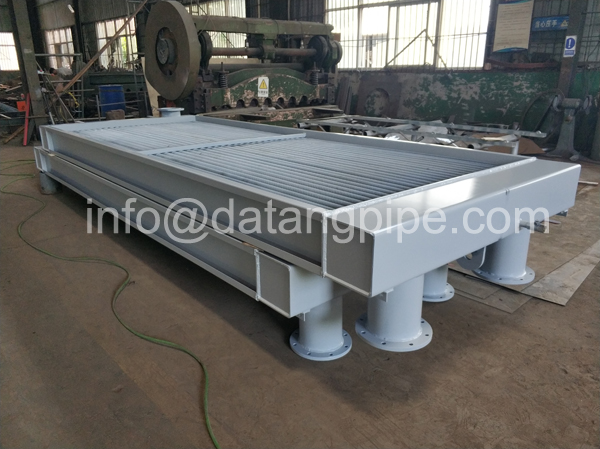
Dry air cooler
Dry air coolers only rely on the sensible heat of air temperature rise to exchange heat, and rely on forced circulation of fin tubes and fans to enhance heat transfer. It is simple to operate and easy to use, but because its cooling temperature depends on the dry bulb temperature of the air, it can generally only cool the hot fluid in the tube to a temperature 15 to 20°C higher than the ambient temperature.
For the hot and humid areas in southern my country, the evaporation effect of wet air coolers is not good, so dry air coolers are generally used. From the perspective of heat transfer, the specific heat of air is only 1/4 of the specific heat of water, and the density of air is also much smaller than the density of water.
If the same amount of heat is transferred and the temperature rise of the cooling medium is the same, the amount of air required will be 4 times that of water. Compared with the water cooler, the volume of the dry air cooler is very large.
The heat transfer coefficient on the air side is very low, about 50 ~ 60W/(m2·℃), resulting in a very low overall heat transfer coefficient of the light tube air cooler, which is about 10 ~ 30 times lower than the heat transfer coefficient of the water cooler, which is To offset the influence of the low heat transfer coefficient on the air side, air coolers generally use fin tubes with expanded surfaces, and their fin ratio is roughly 10 to 24 times.
Plate air coolers that use plate heat transfer elements have high heat transfer efficiency and low pressure drop at low Reynolds numbers because the cross-sectional shape of the flow channel formed by the plates continuously changes along the flow direction, which enhances the disturbance. It is especially suitable for petrochemical applications. However, due to the narrow flow channel of the plate air cooler, in the cold winter in northern China, it is easy to cause the cooling medium in the flow channel to condense and block the flow channel, and it is easy to scale and thus The flow channel is blocked, and because the processing technology is mostly all-welded structure, when it is partially damaged or blocked, the entire air cooler must be replaced, causing a lot of waste.
Fin tubes are still the main heat transfer element of air coolers. The essence of air coolers can be regarded as air-heat medium tube-fin heat exchangers. The key to enhancing the heat transfer performance of air coolers is to develop low contact thermal resistance, high Fin tubes with low heat transfer efficiency and low flow resistance.
When there is a fluid with high pressure inside the heat exchanger, adding ribs to the outside of the tube is equivalent to replacing high-quality pressure-bearing pipes with cheap non-pressure-bearing fins, which has significant economic effects.
Dry-wet combined air cooler
Dry-wet combined air cooler is a combination of dry air cooler and wet air cooler. The general principle of combination is to use a dry air cooler in the high-temperature area of the process fluid to condense the gas; to use a wet air cooler in the low-temperature area to cool the condensate.
Which type of air cooler to choose should be determined by comprehensive consideration based on the local atmospheric temperature, wind speed, relative humidity and other environmental climate conditions, combined with the heat exchange process requirements such as the final cooling temperature of the medium, and taking into account economy.


